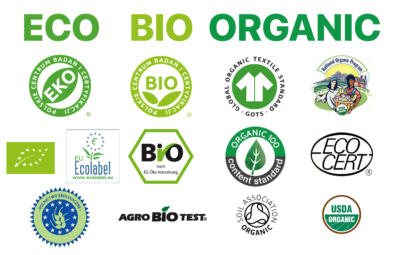
Treść, którą próbujesz wyświetlić, jest dostępna tylko dla członków naszej witryny. Jeśli masz już członkostwo, musisz się zalogować, aby je zobaczyć. Kliknij ten link, jeśli chcesz się zarejestrować .
Already a member? Zaloguj się tutaj
Źródło
1. EWG’s 2021 Shopper’s Guide to Pesticides in Produce™2. N. Bonvallot, M. Tremblay-Franco, C. Chevrier, et. al. “Meta- bolomics tools for describing complex pesticide exposure in pregnant women in Brittany (France)” Plos one 21/05/2013.3. Y-H Chiu et al., Association Between Pesticide Residue Intake from Consumption of Fruits and Vegetables and Pregnancy Outcomes Among Women Undergoing Infertility Treatment With Assistance Reproductive Technology. JAMA Internal Medicine, 2018. DOI: 10.1001/jamainternmed.2017.5038.4. Higher antioxidant and lower cadmium concentrations and lower incidence of pesticide residues in organically grown crops: a systematic literature review and meta-analysis, Marcin Barański et al., British Journal of Nutrition, 15 July 2014.5. C.L. Curl et al., Estimating Pesticide Exposure from Dietary Intake and Organic Food Choices: The Multi-Ethnic Study of Atherosclerosis (MESA). Environmental Health Perspectives, 2015. ehp.niehs.nih.gov/1408197/6. https://www.gov.pl/web/rolnictwo/wycofanie-substancji-czynnych-chloropiryfos-oraz-chloropiryfos-metylu7. Food processing a tool to pesticide residue dissipation – A review8. NEW TESTS COMMISSIONED BY EWG9. M.J. Amiot-Carlin, F. Caillavet, M. Causse, et. al. L.G. Soler 2007. Les fruits et légumes dans l’alimentation. Enjeux et déterminants de la consommation. Expertise scientifique collective, synthèse du rapport, INRA (France).